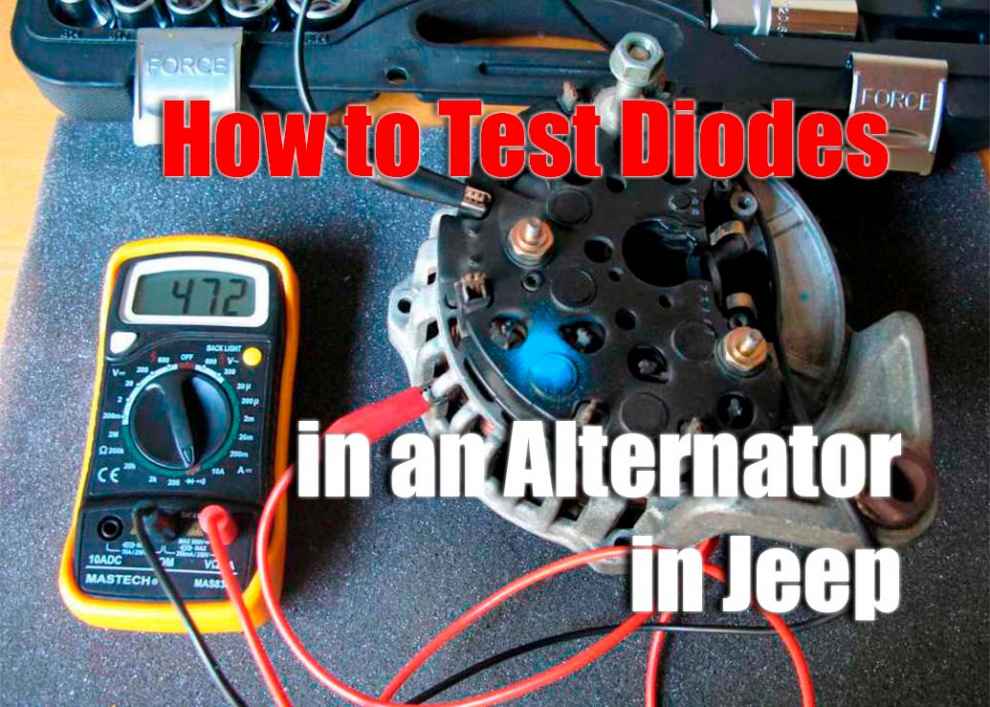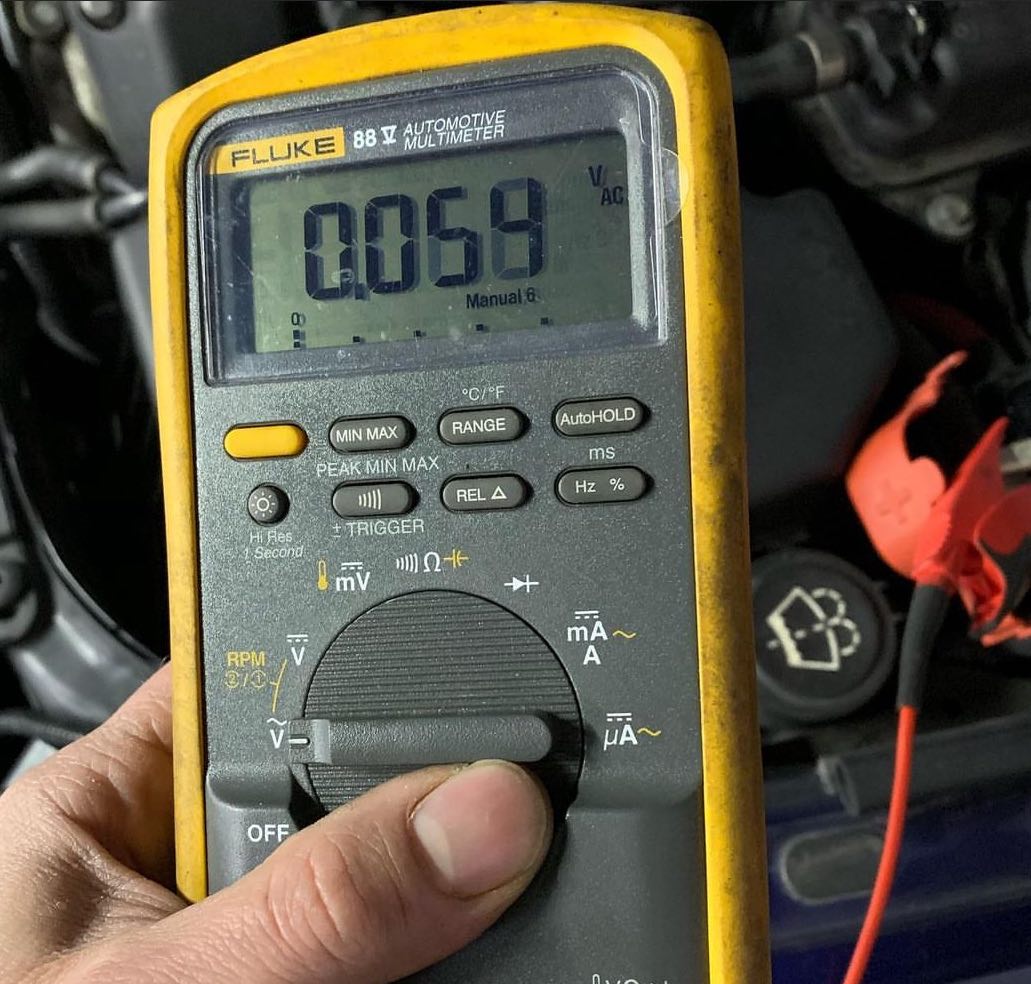Testing diodes in an alternator is a critical step in diagnosing vehicle electrical problems, especially for vehicles like the Jeep, which has complex electrical systems. Knowing how to test diodes in a Jeep’s alternator can be the key to troubleshooting an issue and saving both time and money. The process of testing a diode requires knowledge of voltage readings, amperage scales, and other basic electrical concepts. This article will provide step-by-step guidance on how to properly test diodes in the alternator of a Jeep so that you can determine if there is an issue needing further repair or corrective action. By following this guide, you will be able to identify any issues quickly and accurately with your Jeep’s alternator diode so that you can get back on the road as soon as possible.
What Are Diodes in Alternator?
Diodes in an alternator are a type of semiconductor component that allows electric current to flow in one direction while blocking it from flowing in the opposite direction. Diodes play an important role in controlling and regulating the voltage of an alternator by converting alternating current into direct current. This helps ensure the electric charge remains stable, preventing any electrical shocks or surges. In addition, diodes protect other components from damage due to sudden changes in voltage, such as those caused by jumpstarting a vehicle. Diodes also help to ensure that current is only supplied when the system requires it.
 Tools Needed for Testing a Diode
Tools Needed for Testing a Diode
In order to test the diodes in an alternator, you will need a few basic tools. The first tool is a multimeter, which is used to measure electrical currents and voltages. A continuity tester can be used to check for any short circuits between the terminals of the diode and other components. Additionally, you may need various wrenches or sockets depending on the type of fasteners that are holding your alternator in place. Finally, it’s always a good idea to have some safety equipment like protective eyewear and gloves on hand when working with an alternator. Additionally, if you are considering replacing any parts, you might wonder, are remanufactured alternators good? This is a relevant consideration as remanufactured alternators can be a cost-effective and reliable option for repairs.
How to Test Diodes in an Alternator
Testing a diode in an alternator consists of three steps: measuring forward voltage, measuring reverse voltage, and testing for continuity.
- Begin by disconnecting the battery terminals from the alternator.
- Disassemble and remove the alternator from your Jeep’s engine compartment, then connect it to a multimeter using the probes and leads.
- Set your multimeter up for diode testing, then check each of the diodes by setting your meter to “P-N” (positive/negative) and checking for a voltage reading between 0.6 – 0.7 volts, which indicates that a diode is functioning properly.
- If there is no reading or an abnormally low reading on any of the diodes, you should replace them as they are not functioning correctly and could cause electrical problems down the line if left unchecked.
- To test for continuity, set your multimeter to “Ohms” and connect the probes to each side of the diode terminals. A reading of 0 ohms indicates that the diode is open, while a reading of infinity indicates that it is closed. Replace any diodes that are not functioning properly.
- Finally, reassemble the alternator and reconnect the battery terminals.
Final Thoughts
Testing diodes in an alternator is a critical step in the process of diagnosing electrical problems in a vehicle, and especially so for vehicles like the Jeep that have complex electrical systems. Knowing how to test diodes in a Jeep’s alternator can help you identify any issues quickly and accurately so that you can get back on the road as soon as possible. This article has provided step-by-step instructions on how to properly test diodes in an alternator. With this guide, you will be able to determine if there is an issue with any of your Jeep’s diodes that needs further repair or corrective action.

 Tools Needed for Testing a Diode
Tools Needed for Testing a Diode
Add Comment